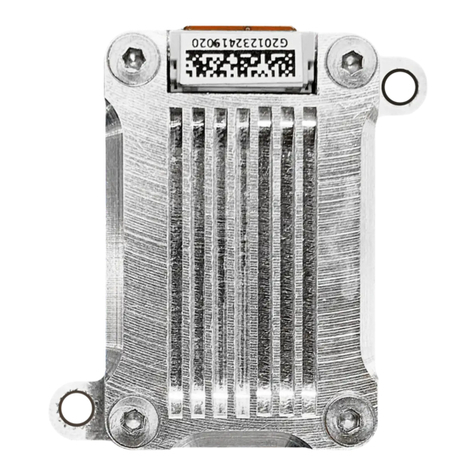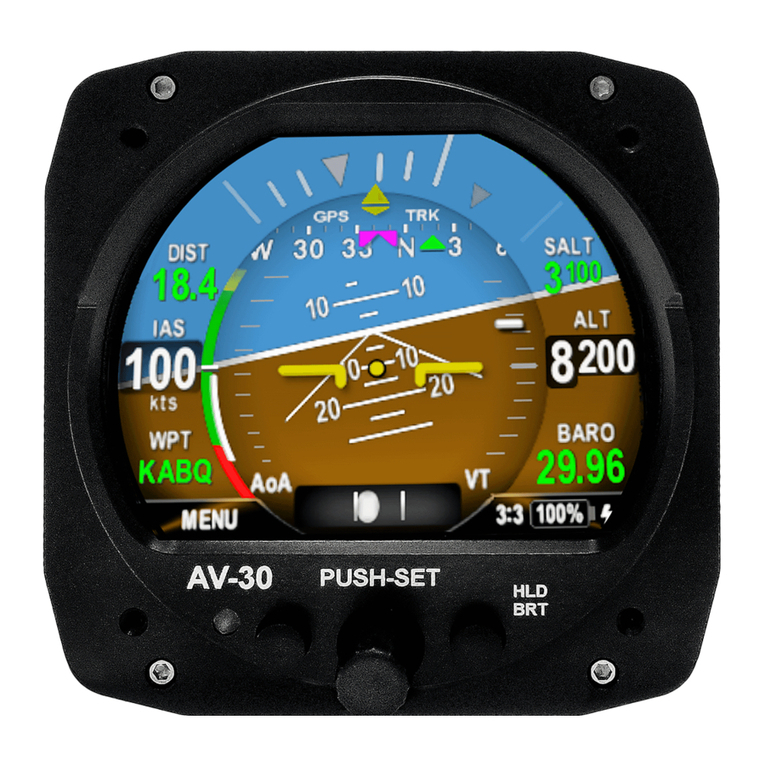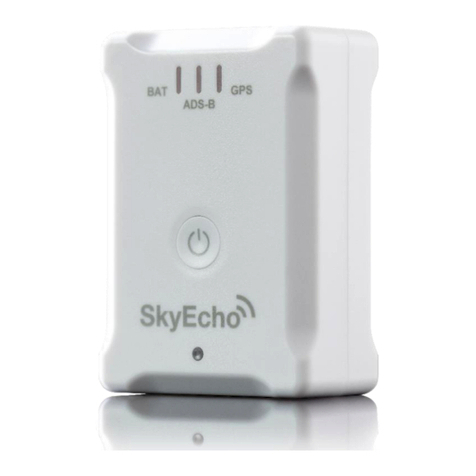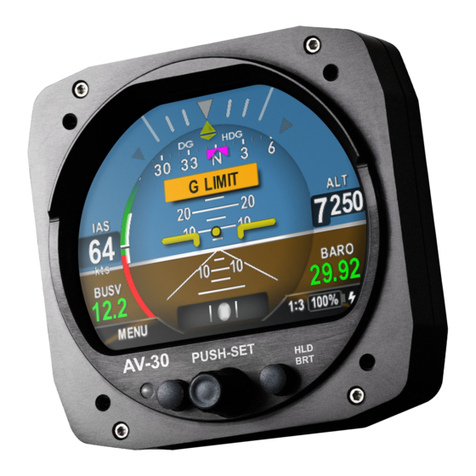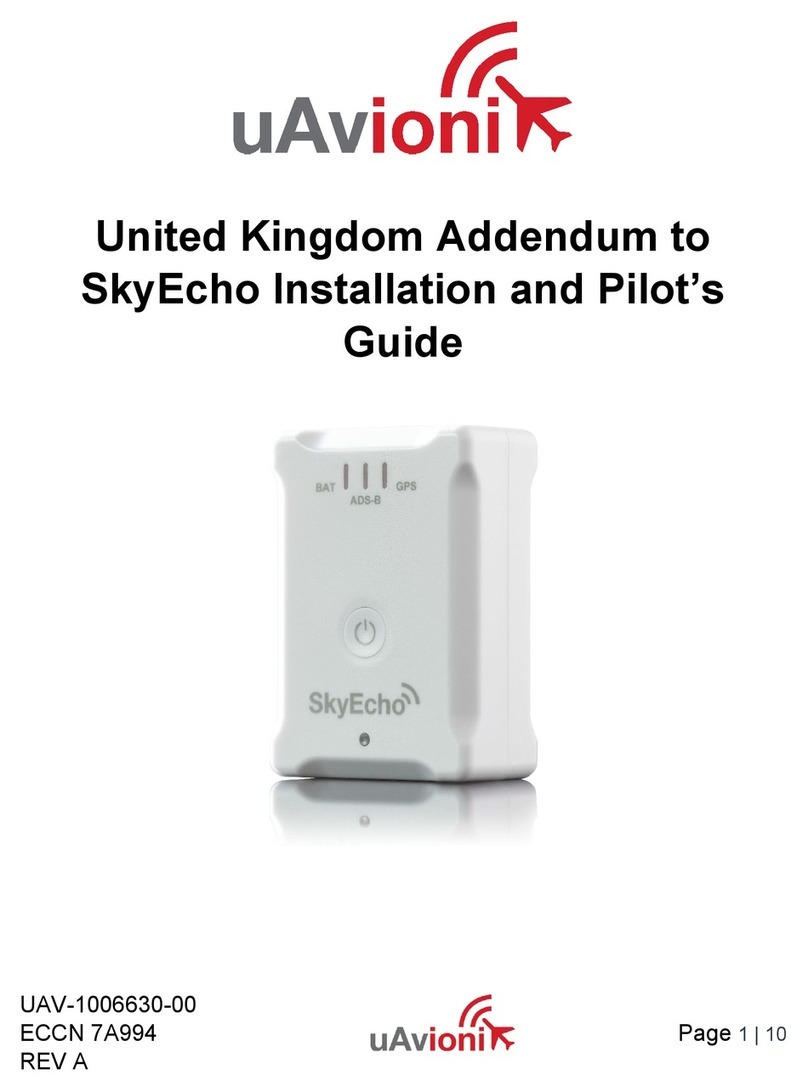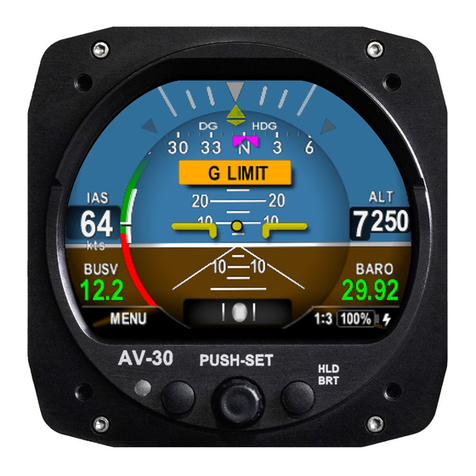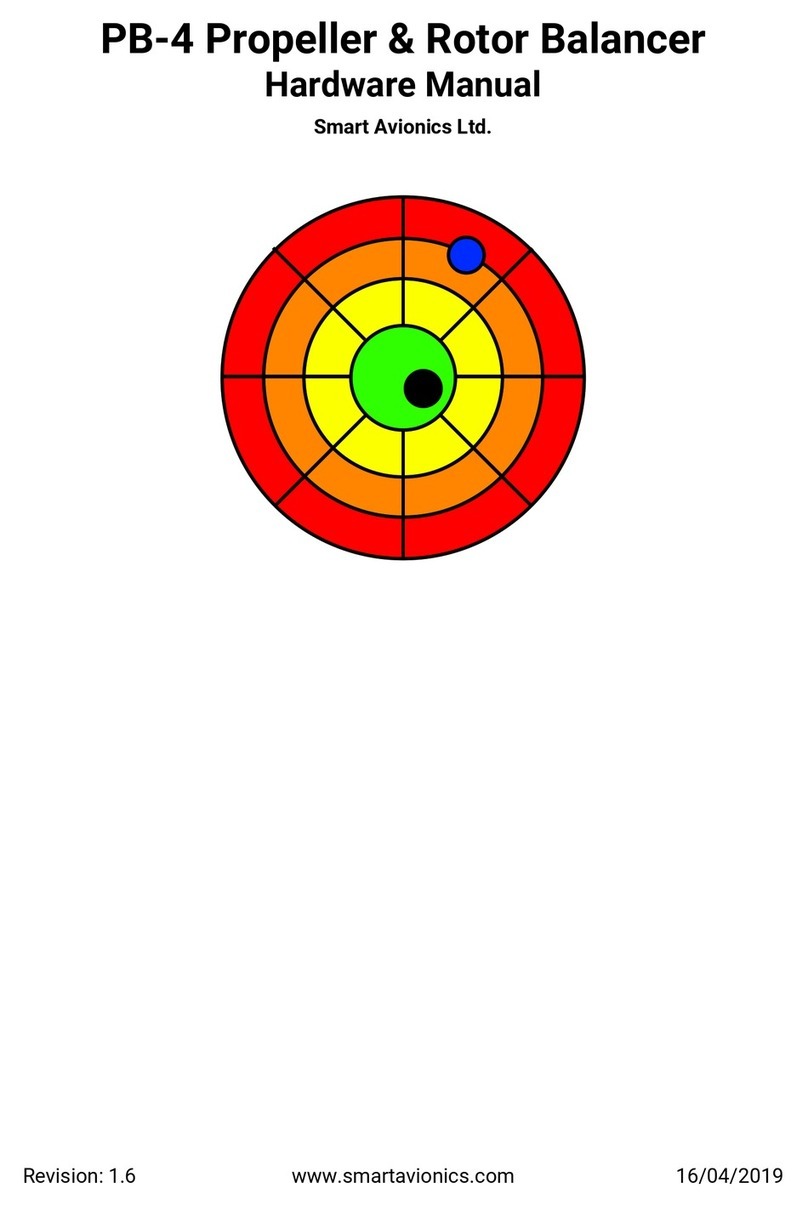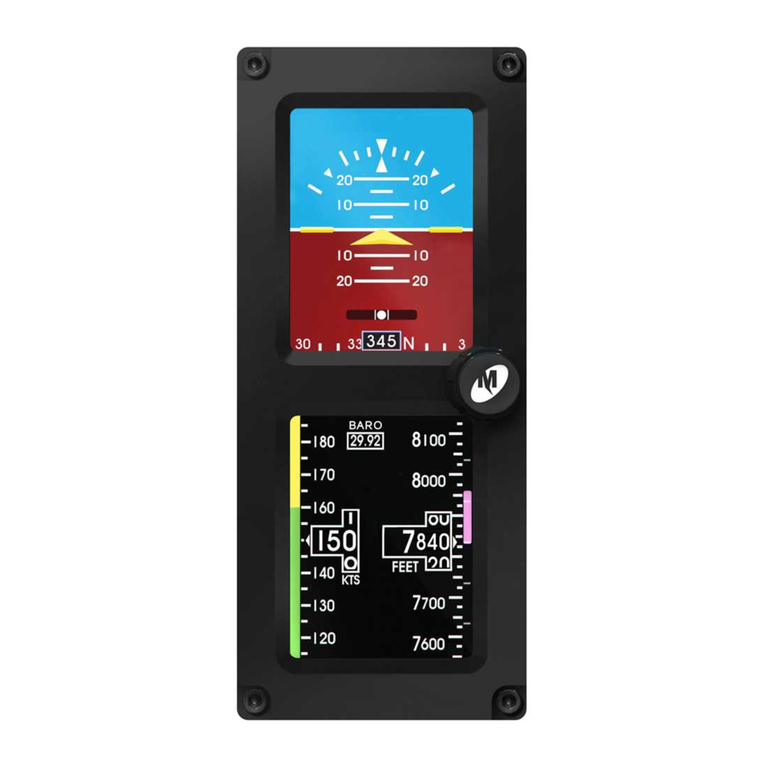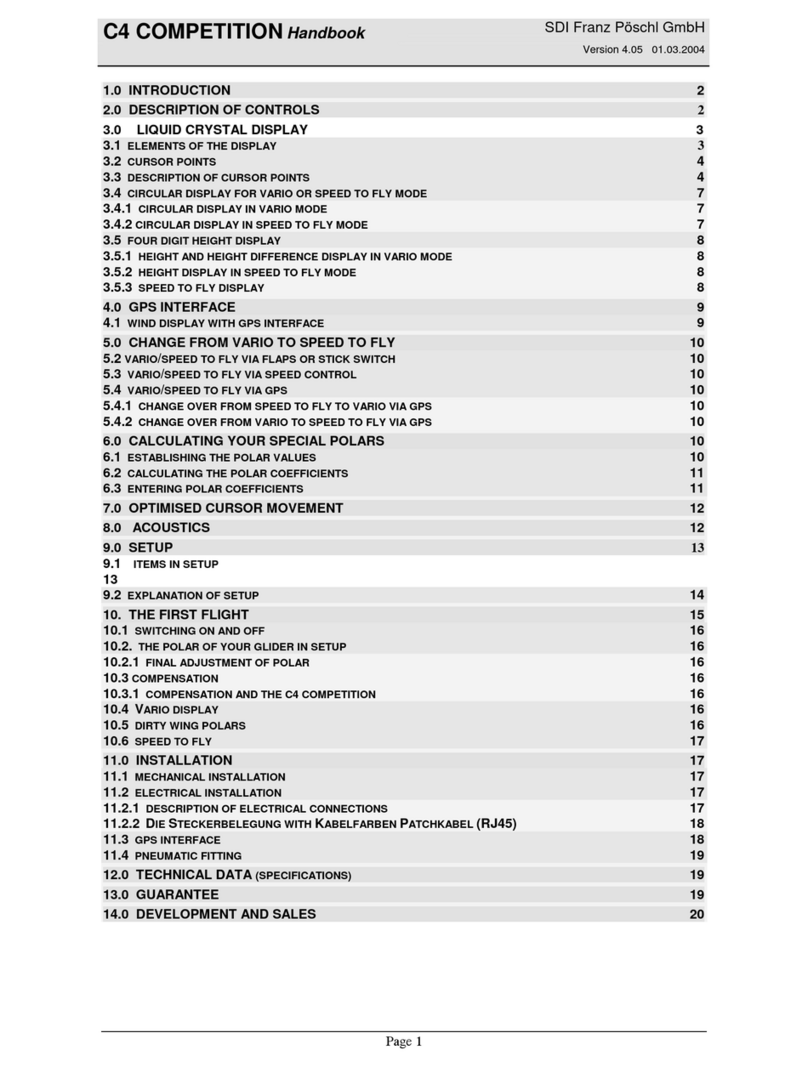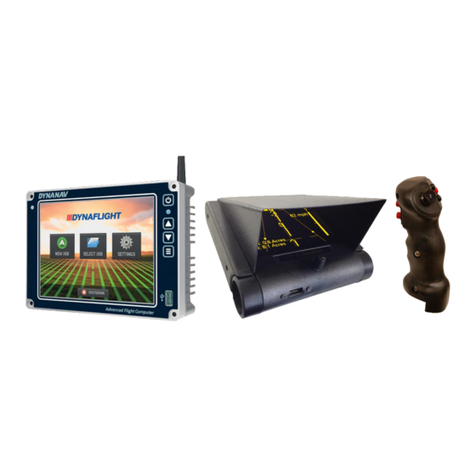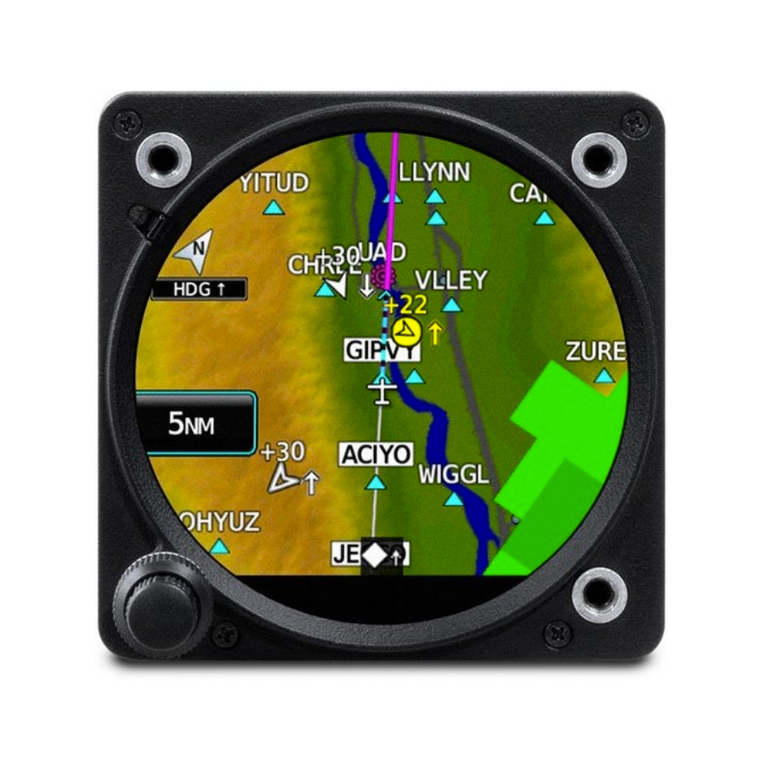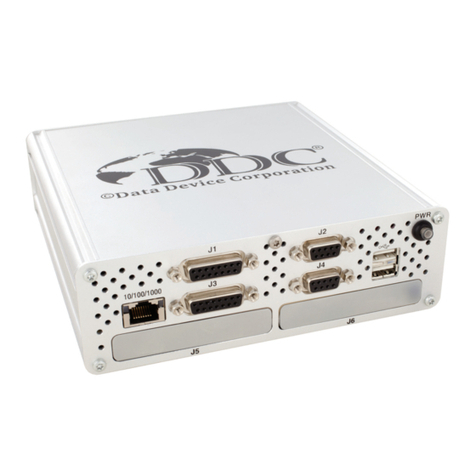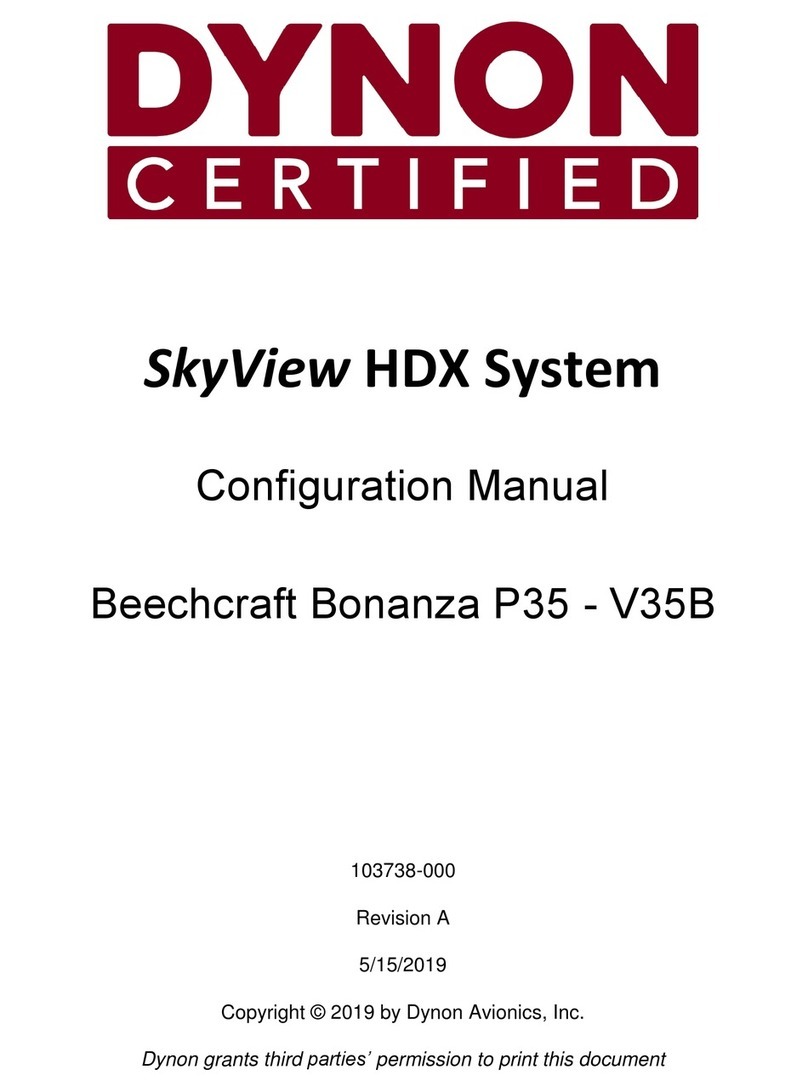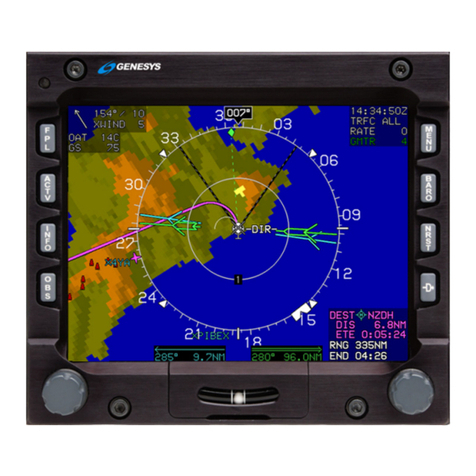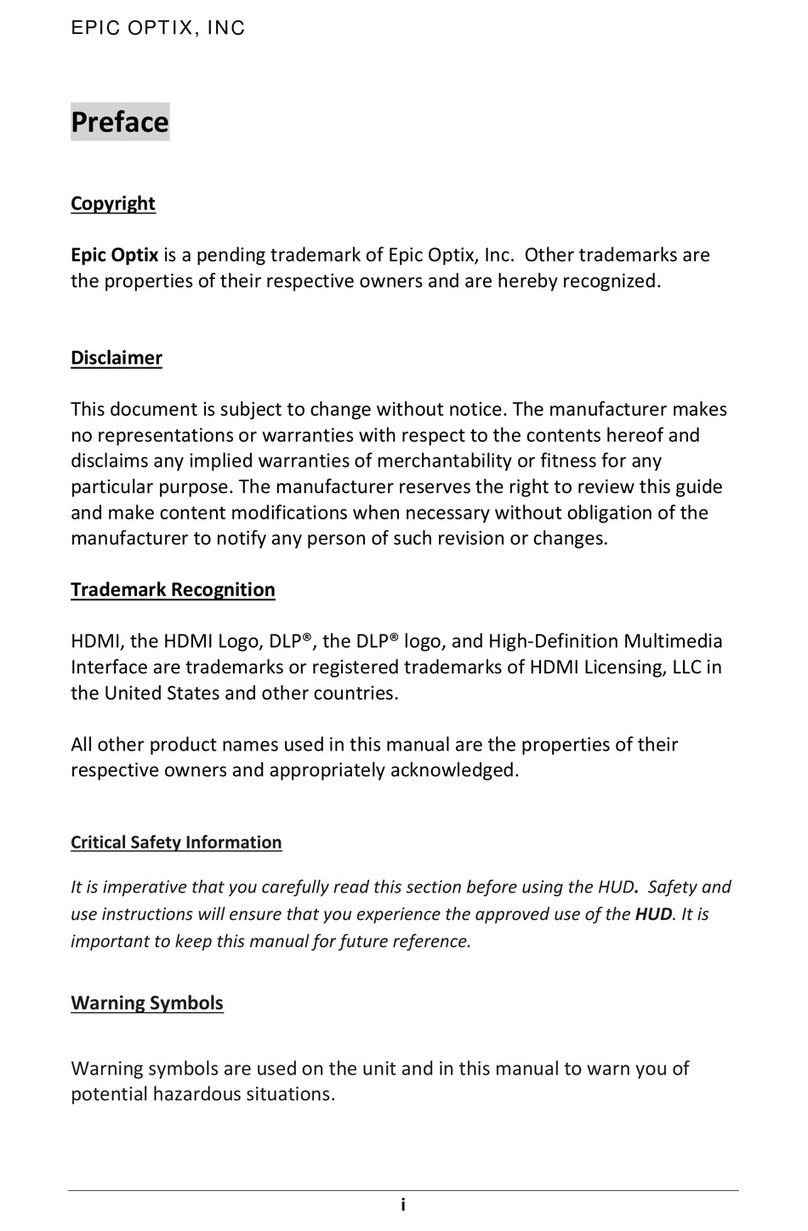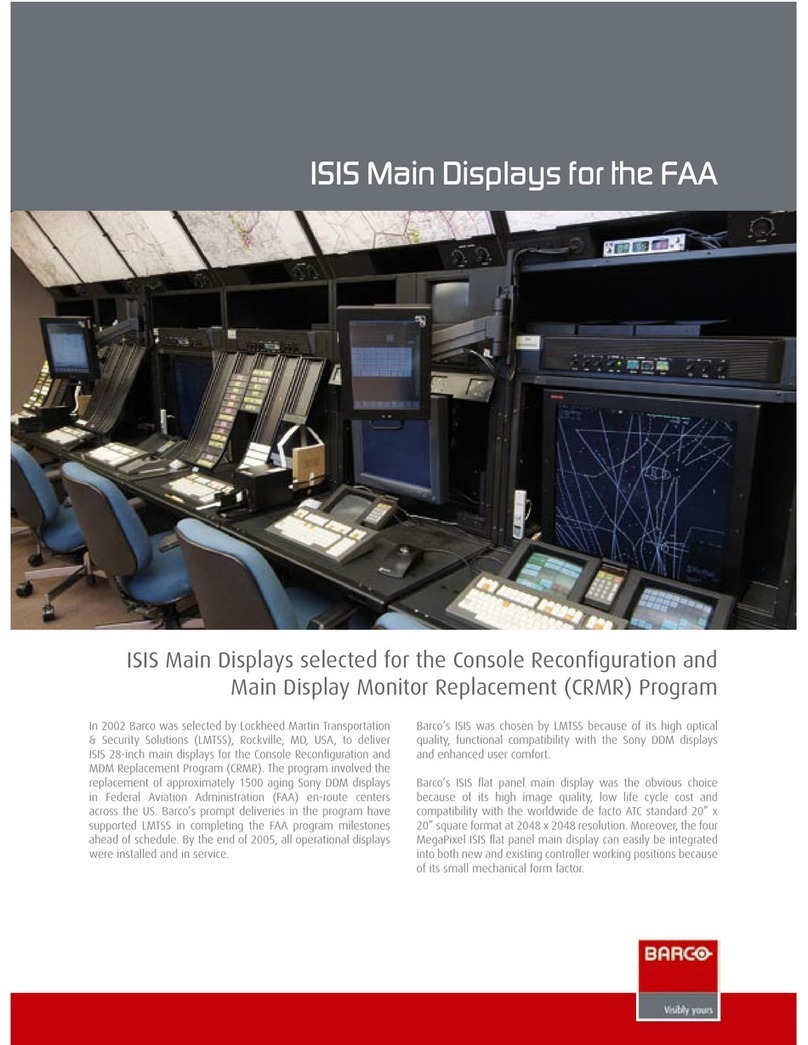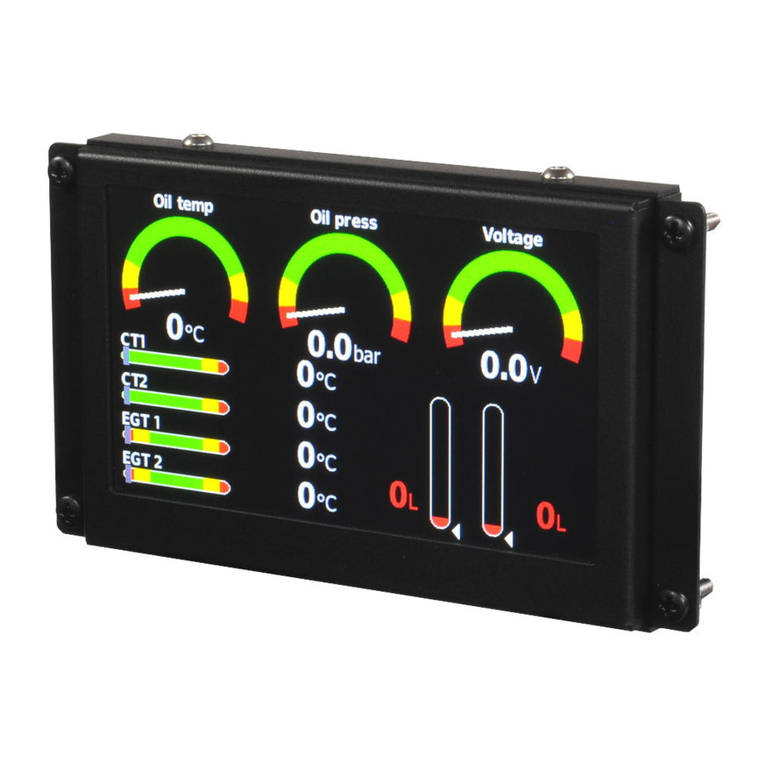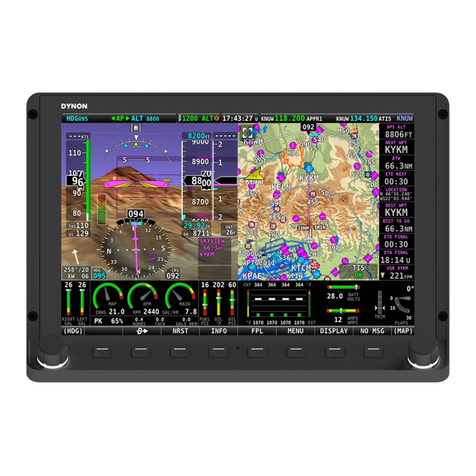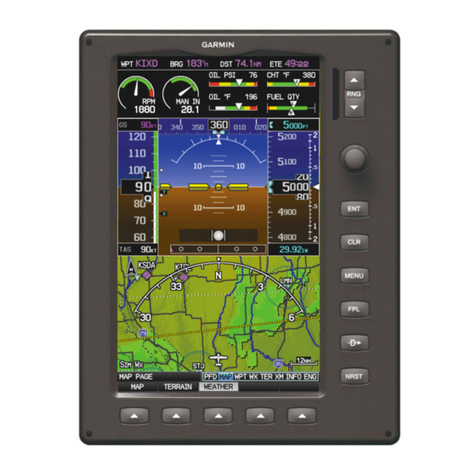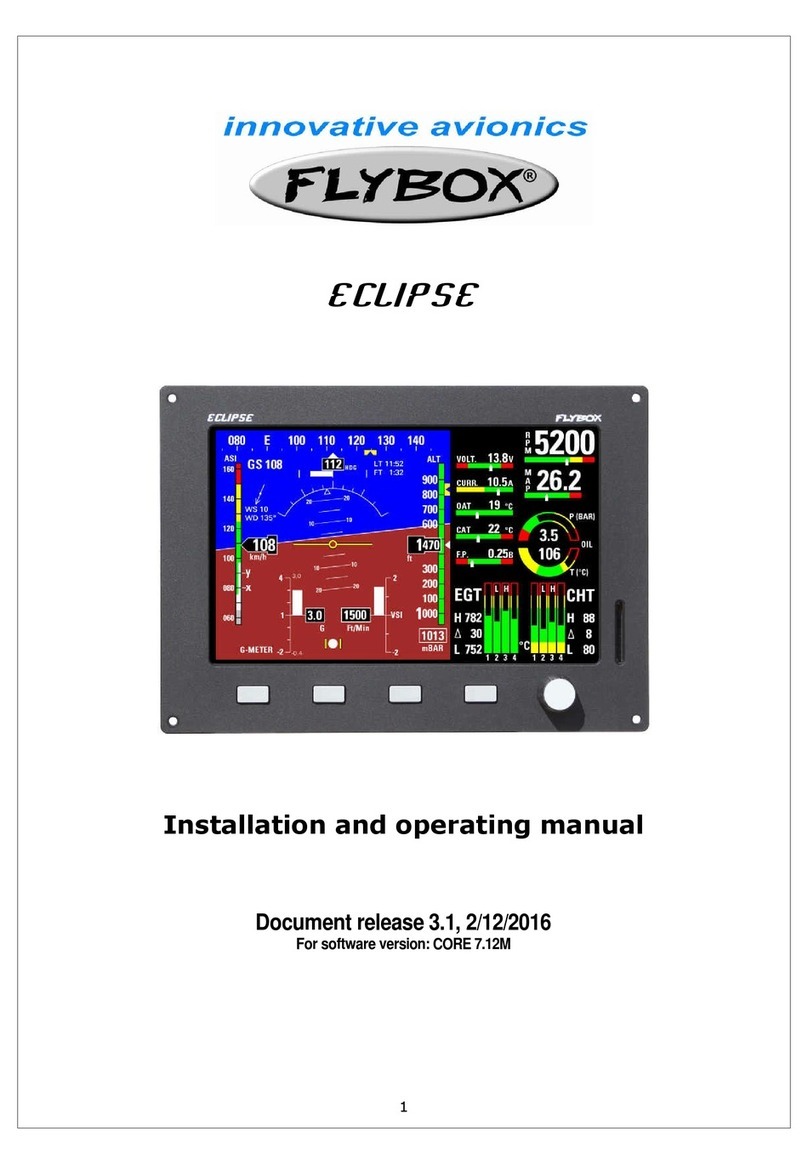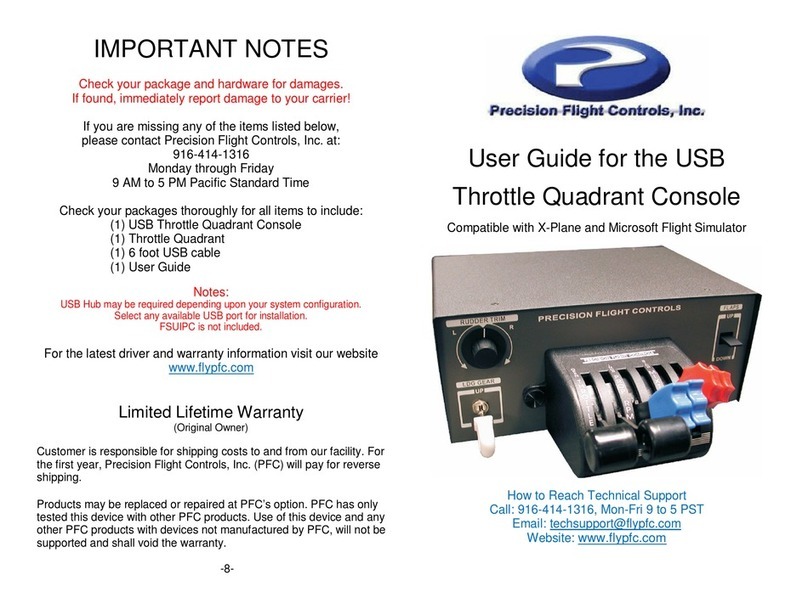UAV-1004234-001, AV-30-E, Installation Manual 7
Rev C
10.4 Mechanical Drawing...........................................................24
10.5 Mounting Screw Length Restriction....................................25
10.6 Wiring Diagrams ................................................................26
10.7 Bonding Requirements ......................................................27
10.8 Unit Pinout.........................................................................29
11 Optional Equipment Installation..................................................30
11.1 AV-Link..............................................................................30
11.1.1 System Function............................................................30
11.1.2 FCC ID..........................................................................30
11.1.3 AV-Link Specifications...................................................31
11.1.4 AV-Link Firmware..........................................................32
11.1.5 AV-Link Installation Materials and Tools........................32
11.1.6 Additional Required Equipment.....................................32
11.1.7 Mounting .......................................................................32
11.1.8 Removing AV-30 From Instrument Panel (Optional)......32
11.1.9 AV-30 Backshell Connector Removal............................33
11.1.10 AV-Link Attachment.....................................................33
11.1.11 AV-30 Reinstallation in Instrument Panel ....................35
11.1.12 Continued Airworthiness..............................................35
11.1.13 System Limitations ......................................................35
11.1.14 Connecting to the AV-Link Web Browser.....................35
11.1.15 Wi-Fi Firmware Update Page ......................................36
11.2 Transponder (tailBeaconX)................................................37
11.2.1 Transponder Control......................................................37
11.2.2 Transponder Testing with tailBeaconX..........................37
12 Setup & Configuration................................................................38
12.1 Startup and Common Controls...........................................38
12.2 Available Menus.................................................................39
13 Installation Menu........................................................................40
13.1 Mandatory Settings............................................................43
13.1.1 Unit Function.................................................................43
13.1.2 Function Lock................................................................43
13.1.3 Trim...............................................................................43
13.1.4 V-Speeds ......................................................................43
13.1.5 Display Units .................................................................43
13.1.6 Serial Inputs ..................................................................44
